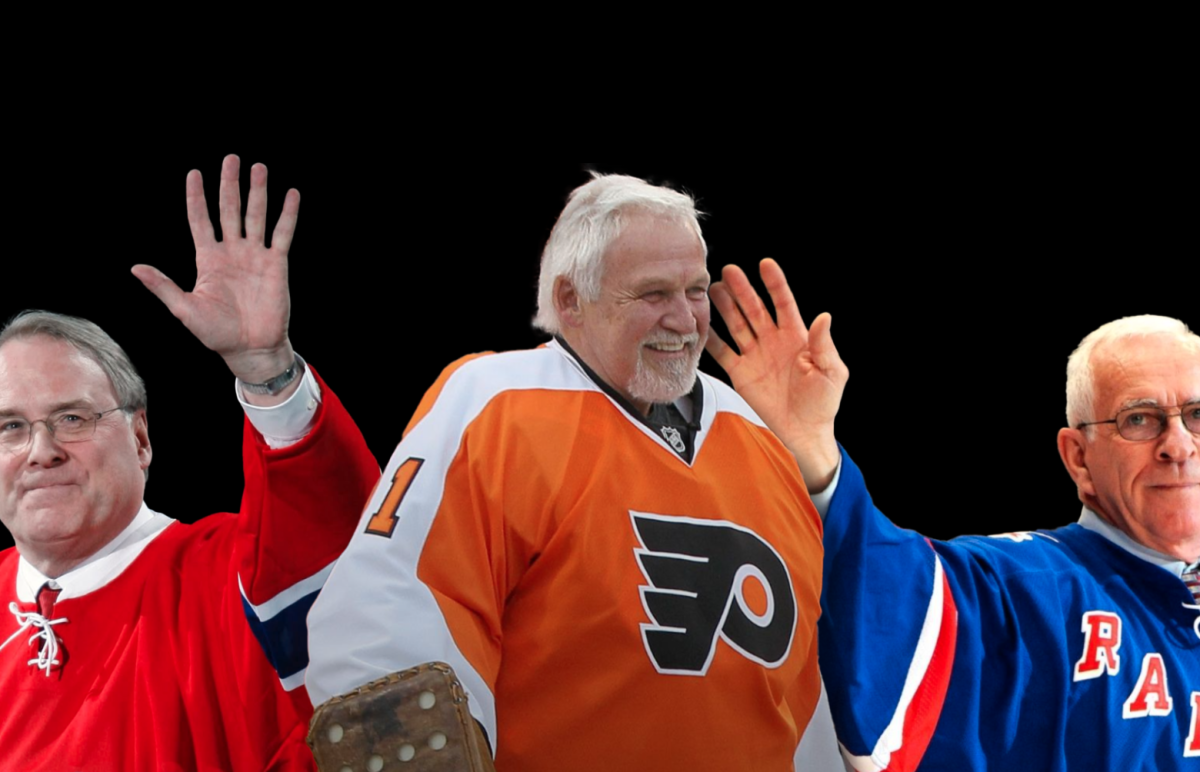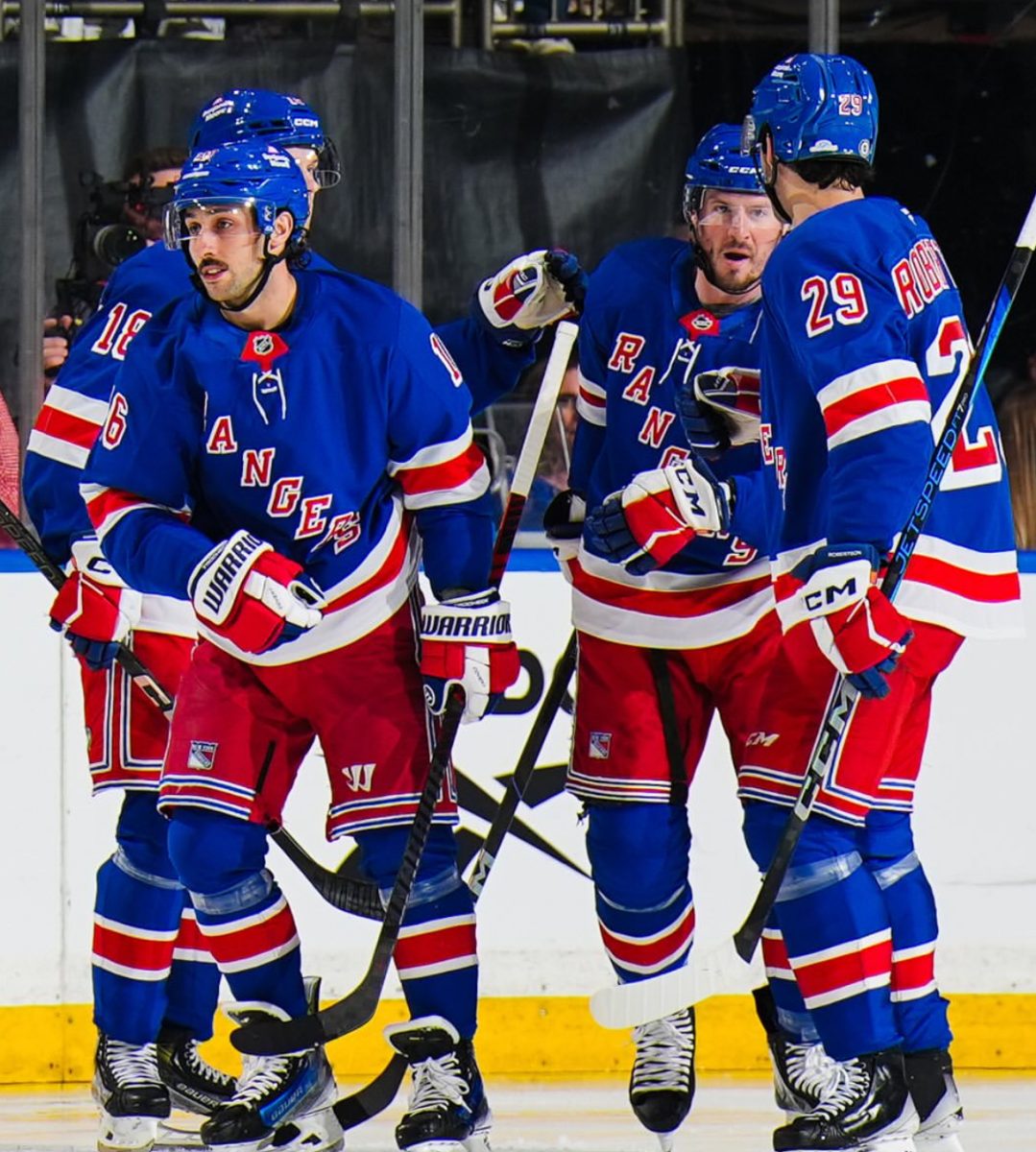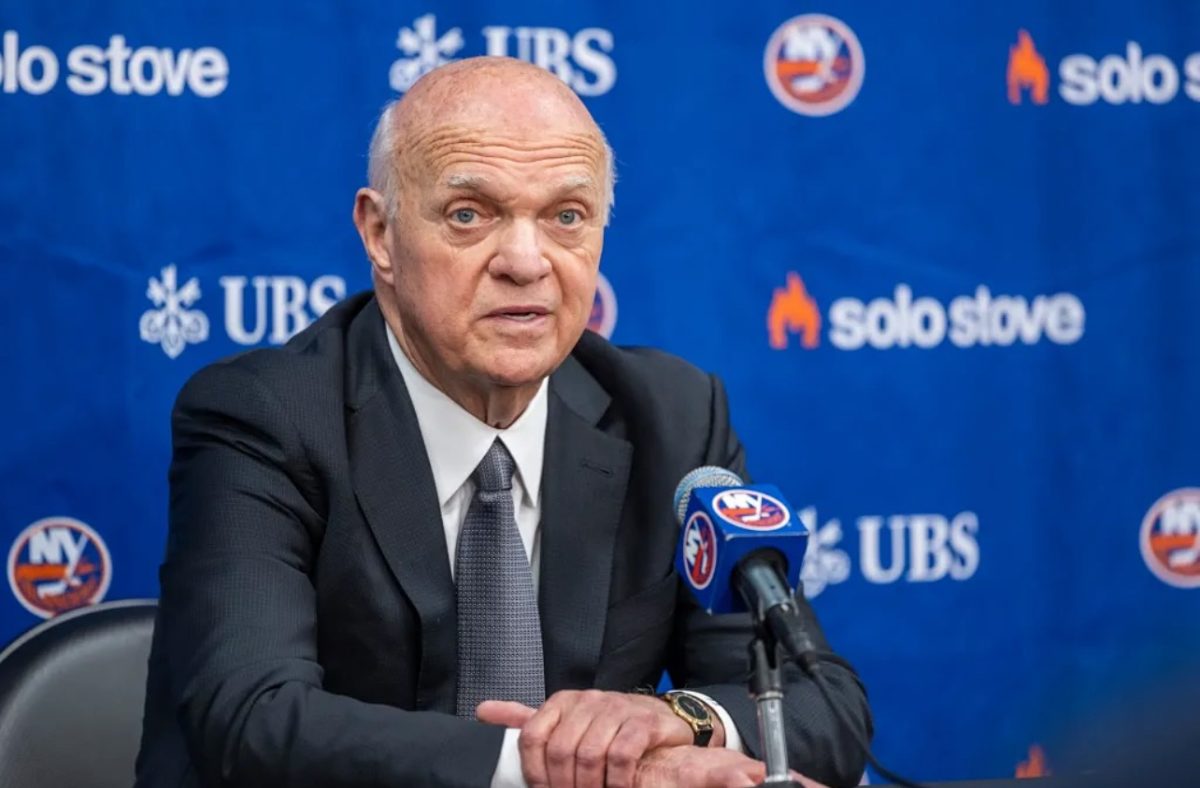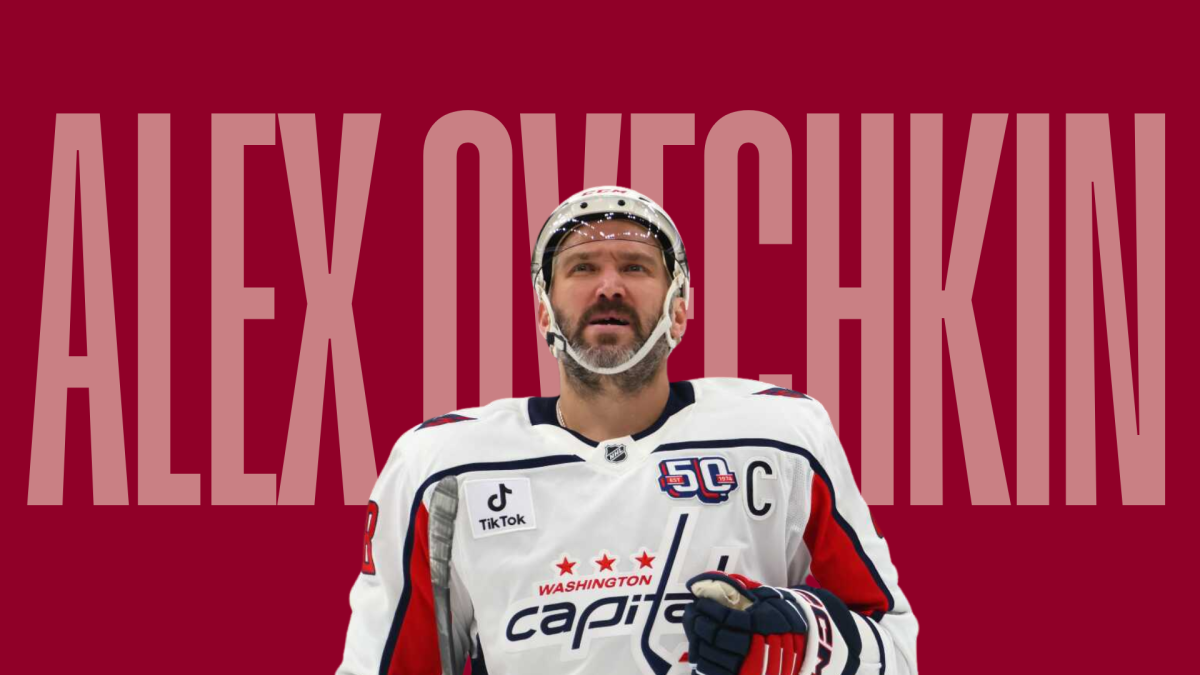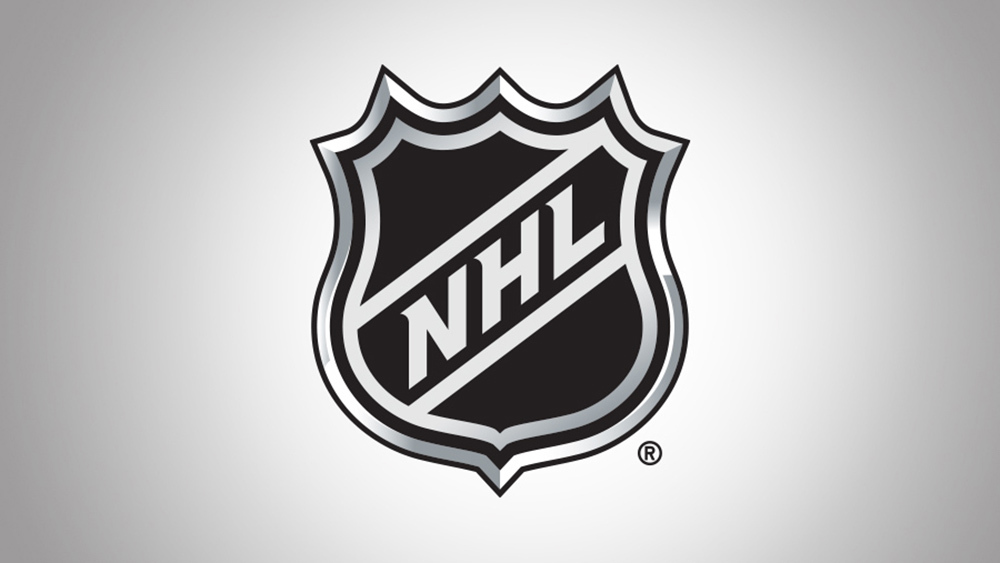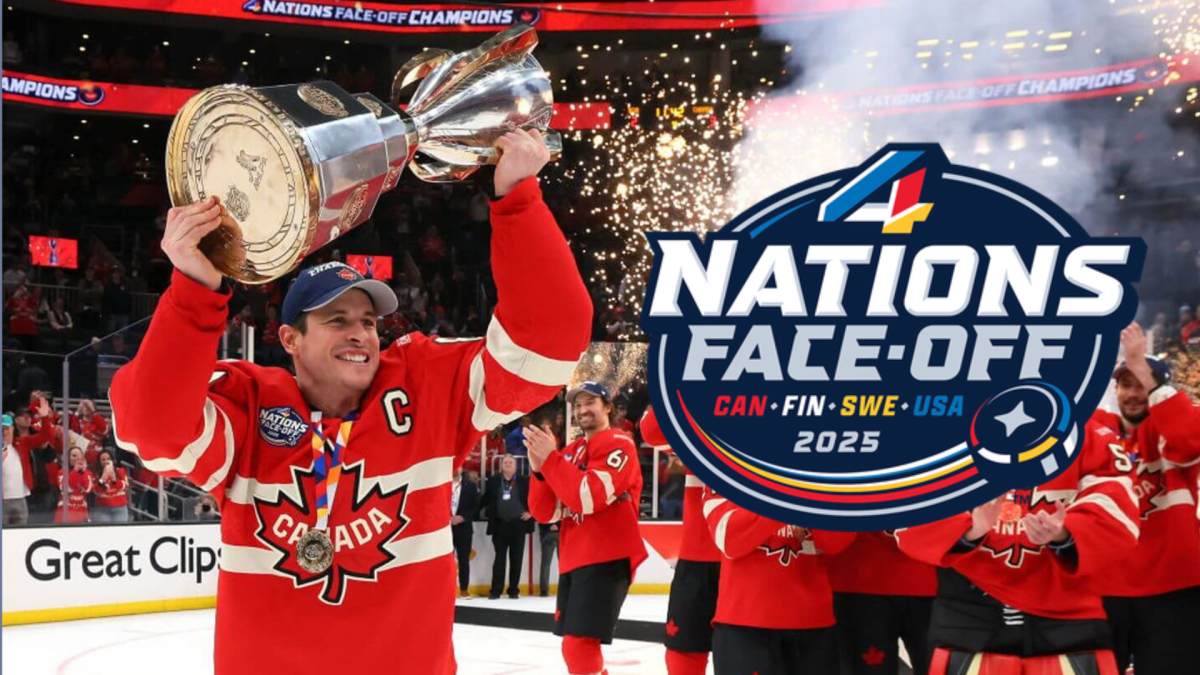
By Anthony Pucik
When Derek Jeter started his website, The Players’ Tribune, he aimed to give professional athletes a voice that they may not have had before. It allows fans to bring themselves closer to the game and to the athletes in general. Having read a few of the posts on the website I saw what Jeter was trying to do, but none of the pieces moved me as much as Brandon Prust’s “Why We Fight.”
Prust, on the Montreal Canadiens, is known around the NHL as an “enforcer” who pesters the other team, and stands up for his teammates when players from other teams are going after them.
These players are sometimes referred to as “goons,” or “instigators” and some just consider them downright dirty. Sometimes, it does seem that way in the game. However, Prust provided an insight into the life of a fighter and enforcer that I don’t believe many people – myself included – fully understood. If you haven’t gotten a chance to read it, you should.
Prust didn’t start out as a fighter, but he realized he had to try to stand out in order to get noticed down in juniors because he wasn’t the most skilled scorer. He started hitting and checking as much as he could, but that ended up getting him into fights he couldn’t really compete in.
He turned to his teammate and friend Chris Bane, who started teaching him how to fight and sparred with him after practices. Prust didn’t fight because he wanted to fight. He fought in order to stand out and make himself a worthy member of his team. Despite his efforts, he was cut, but three games into the season, he was given an opportunity to show what he was made of, and was never sent down again.
As Prust made his way up the ranks of the hockey world, he continued to create the image of himself as a tough guy and an “enforcer,” and he has made a career out of it. The reason he was signed to a four-year, 10 million dollar contract by the Montreal Canadiens back in 2012 is the same reason that many teams sign players like Prust: to keep their teams and the game of hockey safe.
Allowing players to stop in the midst of gameplay, drop their gloves and punch each other in the face seems a bit unnecessary and almost barbaric, but for players like Prust it serves a purpose. On the surface, it just seems like two guys that are really angry with each other, but Prust discusses the idea of strategy and build-up that leads to a fight. He talks about how it can swing momentum in your team’s favor, or send a message to opponents. Prust makes a point that one rarely fights for fighting’s sake, and I think lots of people who look at hockey from the outside don’t realize that.
I also gained a newfound respect for Prust after he discussed an incident that occurred in last year’s Eastern Conference Final. The Rangers, Prust’s former team, played against his Canadiens in the ECF, and the Rangers were leading 2-0. Prust knew he needed to make a big hit or get under the skin of Rangers’ goaltender Henrik Lundqvist in order to change the course of the series for his team. He didn’t know how he could do that when most of the players on the team were his former teammates and friend. Eventually, he ended up catching Rangers’ center Derek Stepan going up the ice and leveled him, breaking his jaw.
When it happened, it appeared Prust didn’t seem to care. Not knowing the back story, it looked like Prust just wanted to injure anyone to make a point for his team, which made me lose a great deal of respect for him.
I felt that his hug with Stepan at the end of the series on the handshake line wasn’t genuine at all and that he did it just to save face. After reading his take on it however, I completely changed my mind. Prust talked about how he texted Stepan immediately after the game to see how he was and that Stepan understood he wasn’t trying to injure him at all; he was just trying to do his job as the enforcer of the Montreal Canadiens.
Reading that, it made me completely change my outlook on Prust, a player who I used to love watching when he played for the Rangers. When a player like Prust isn’t on your side, he appears to be a thug and a ruthless animal only looking to injure your team’s players. But in reality, these players are making their living by sticking up for their teammates and playing a pivotal role in momentum shifts throughout a game.
As Prust says, “That’s hockey, man. We wouldn’t have it any other way.”



































































































































































































